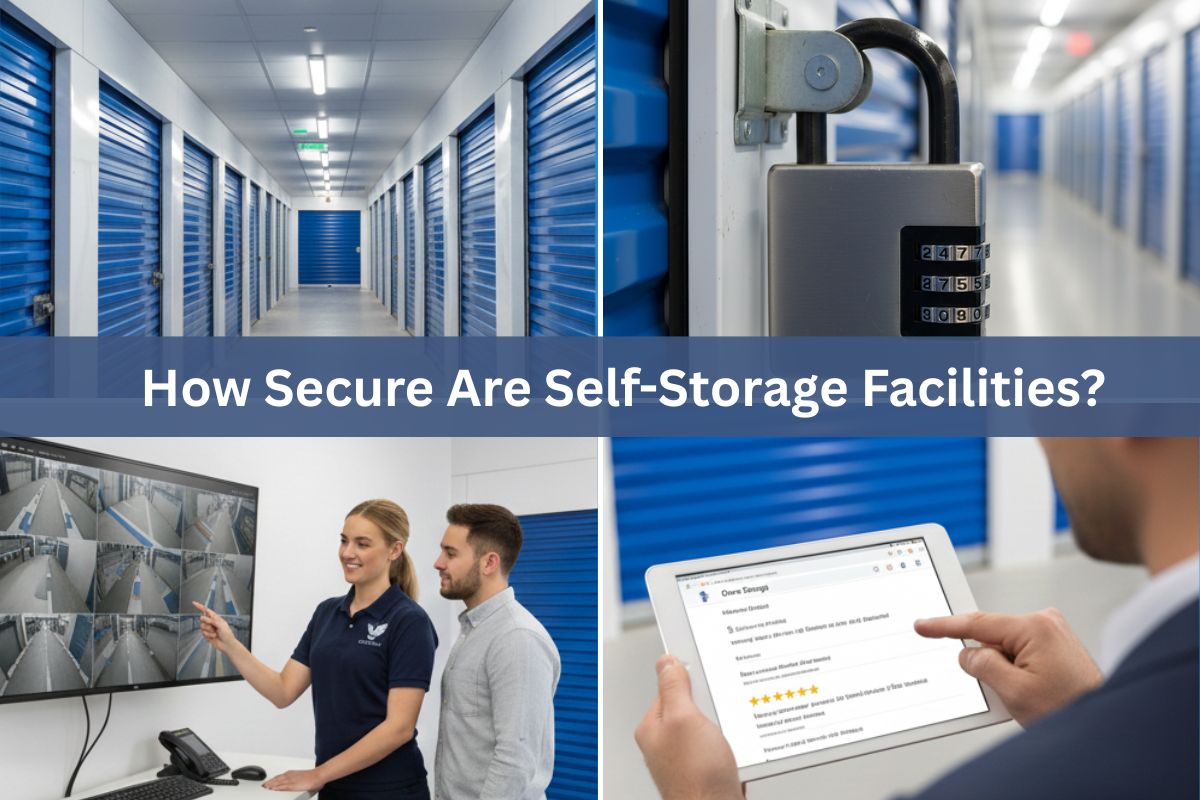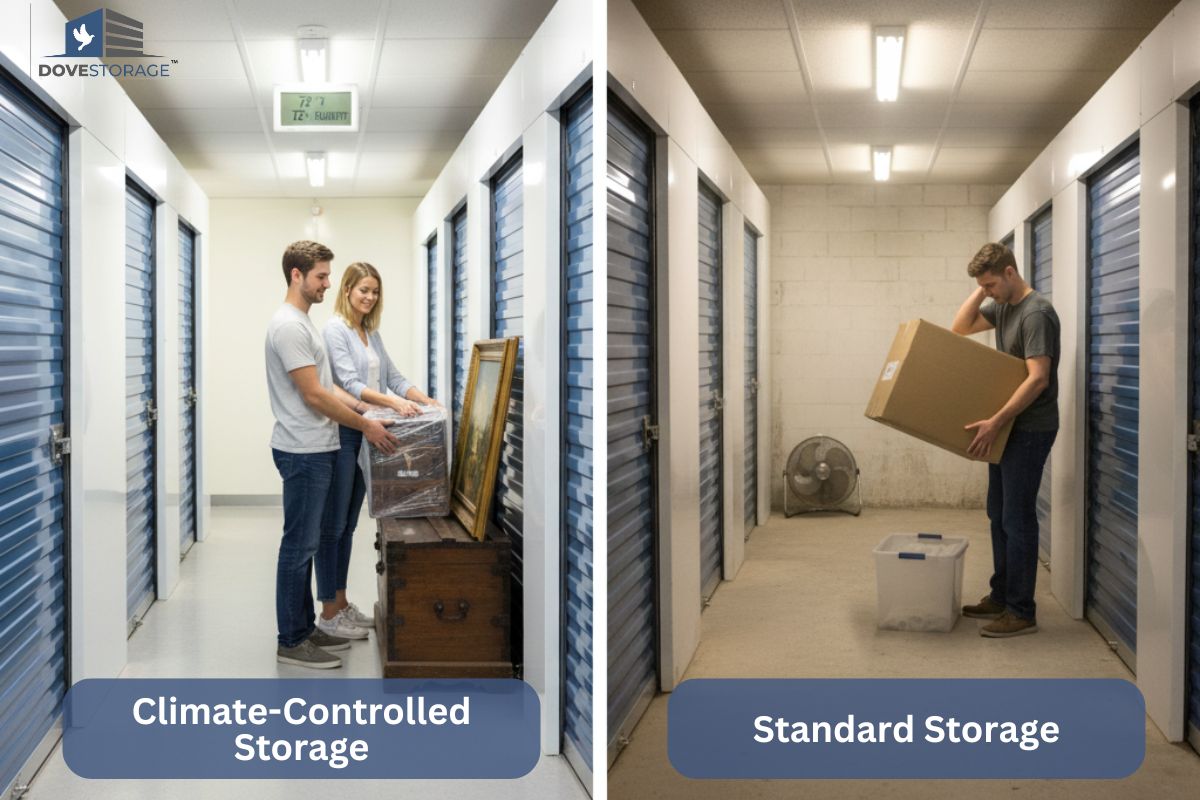
Whether you’re moving, downsizing, or simply need extra space, renting a storage unit can be a smart and convenient solution. But one of the first questions most people have is, “How much does a storage unit cost?” The answer depends on several key factors — from the size and type of unit to its location and available features.
At Dove Storage, we’re committed to helping you find the right unit at a fair price. Here’s what you need to know about the average cost of storage and what affects those prices.
1. Average Cost of a Storage Unit
On average, self-storage units can range anywhere from around $50 to $250 per month, depending on several factors. Smaller units, like 5x5 or 5x10 spaces, typically cost less, while larger ones — such as 10x20 or 10x30 — come with higher monthly rates.
For example:
Small Units (5x5 or 5x10): Great for boxes, small furniture, or seasonal items.
Medium Units (10x10): Perfect for the contents of a one-bedroom apartment.
Large Units (10x20 or larger): Ideal for storing furniture, vehicles, or business inventory.
When comparing prices, it’s important to look beyond the monthly rate. The value you get — such as location convenience, cleanliness, and security — makes a big difference.
2. What Affects Storage Unit Prices
Several factors can influence how much you pay for a storage unit. Understanding these can help you choose the best option for your needs and budget.
a. Unit Size
Size is one of the biggest price drivers. The larger the unit, the higher the cost. Before choosing, take inventory of what you plan to store. You might find that a smaller space with good organization works just as well as a larger one.
b. Climate Control
Climate-controlled units typically cost a bit more, but they’re worth it if you’re storing temperature-sensitive items like furniture, electronics, photos, or important documents. These units help protect your belongings from humidity, extreme temperatures, and weather changes.
c. Location
Just like real estate, location matters. Units located in high-demand areas or near city centers tend to have ...
Dove Storage
November 13th, 2025



